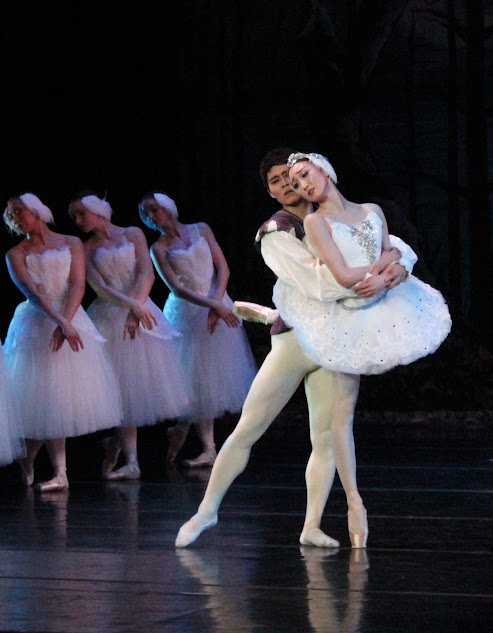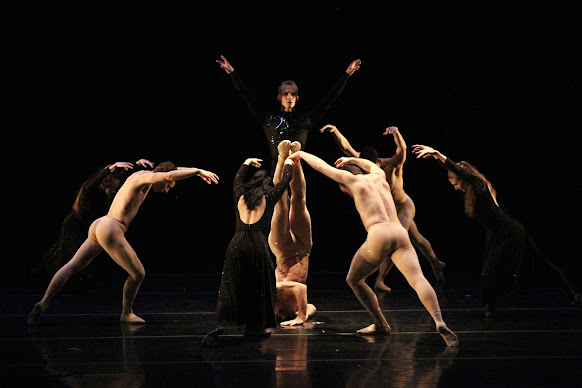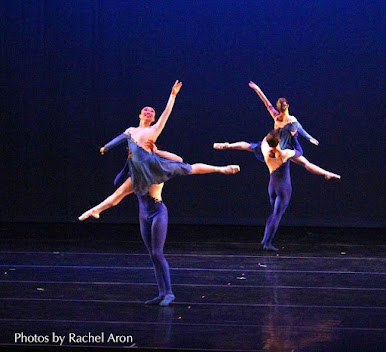Swept Up in the Moment - What is a Pas de Deux?

Photo by Rachel Aron ‘Tis spring, and love is in the air. Love has certainly visited the stage, as Fort Wayne Ballet donned its Elizabethan finery recently to perform Prokofiev’s masterpiece, Romeo & Juliet . This greatest of love tragedies marked our last main stage show for what has been our 67 th season, and it was a fine example of the dedication and athletic and artistic excellence to which our dancers strive to achieve. Good day, readers. It’s good to be with you again. If you’ve listened to our recent podcasts, you might have been as surprised as I was to learn that Romeo & Juliet is considered a modern ballet. It comes to us from the early 20 th century, as opposed to tragic ballets of the romantic or classical periods, such as Giselle (circa 1841) or Swan Lake (circa 1877). Don’t let the doublets fool you; this take on the star-crossed lovers has a modern sensibility in a multi-faceted performance. The roles in this masterwork require...






